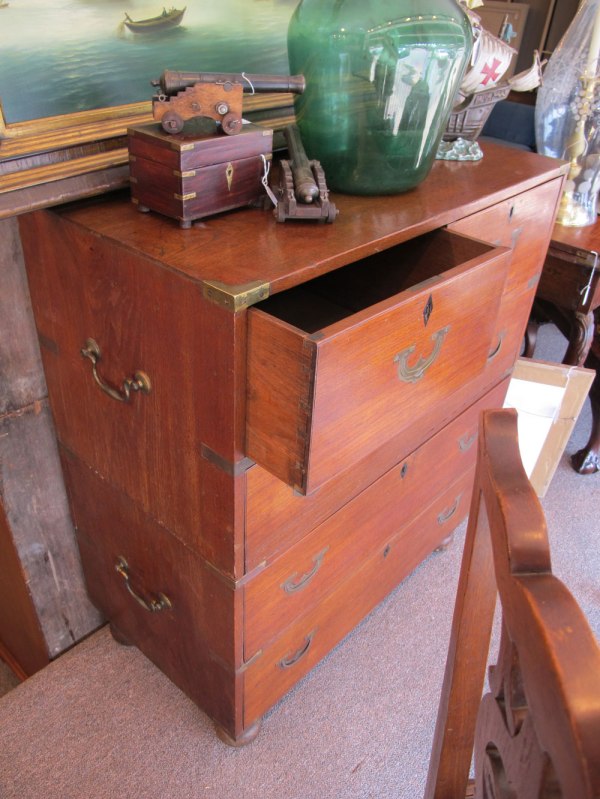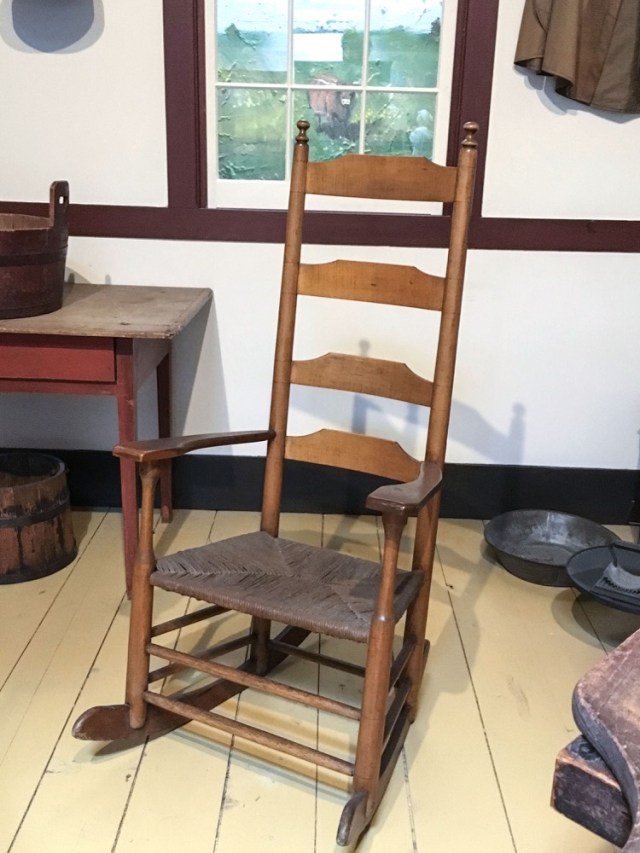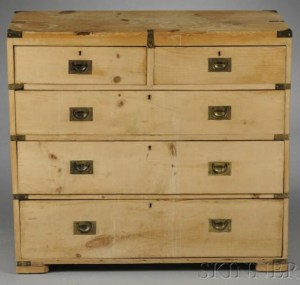The Unheralded Furniture Style Under our Noses –

When I tell people I’m working on a book about “campaign furniture,” the response is usually complete confusion.
Is this, perhaps, the furniture used by presidential candidates on their tour buses?
Once I explain that it was the furniture used by colonials, government workers and military officers during 1790 to 1920, the response is usually utter revulsion.
Is this, perhaps, the furniture of oppression?
And so I just stop telling people I’m working on a book on campaign furniture and just tell them I’m doing a thing on birdhouses for bondage lovers and people who drink human blood.
Sometimes, however, I run into woodworkers who follow my work and have also stumbled onto pieces in this furniture style. They see its honest construction, its simple lines and its durability. It is furniture that is understated and fits in well in a wide variety of settings – many woodworkers have sent me photos of campaign chests they have encountered in Victorian, Arts & Crafts, period and contemporary homes.
So does campaign furniture have political baggage? The answer is: Who cares?
Every furniture style can be associated with something unsavory. Any piece of American furniture before 1860 can be labeled “the furniture of slavers.” Furniture before the 19th Amendment was passed? Furniture of the people who hate women. Shaker? Furniture of people who despise reproduction. You can twist and contort history however you like. (A true history of any style of furniture is more complex than a blog entry can capture.)
Instead, I tend to focus on furniture’s form, its construction and its beauty. If we carry those things forward – and discard the retrograde social baggage associated with some (or all) furniture styles – we might just … I don’t know… find something interesting to build?
— Christopher Schwarz
P.S. I’m in Australia for the next few weeks, where I hope to see some campaign furniture. If you’d like to see what I’m doing in Melbourne, check out my blog at Popular Woodworking Magazine here and here.


